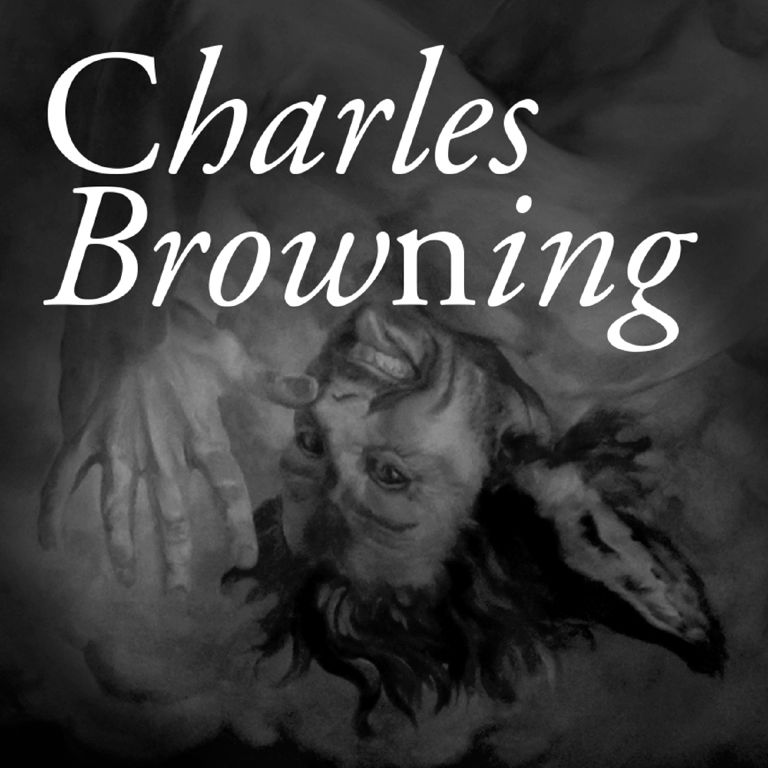
Everything in nature is lyrical in its ideal essence, tragic in its fate, and comic in its existence. - George Santayana
The past is never dead. It's not even past. - William Faulkner
The paintings of Charles Browning offer a complex interplay of Art and History, humor and brutality, sincerity and irony, narrative and allegory. They present us with a "new" history painting, one that lays claim to a position of authority among the images of the past. Browning's sincerely flat-footed love of an anachronistic form of painting adroitly skewers the propaganda of frontier mythology. Using the associative potential of historical imagery and narrative, the scope of Browning's work expands to implicate us all in the goings on within.
What's your strategy? Blow on west, shooting and drinking, and before you know it, you've conquered a continent. Use it or lose it! "We The People" shall decide who shall be included in "The People." All others will serve or be destroyed, absorbed, or forgotten. We move closer to the self-evident truths and inalienable rights laid out at the founding of the nation by eliminating inconvenient claimants. And they will keep popping up!
What's wrong with this picture? We live in funny times. We live in unfunny times. A confluence of Nationalism and Romanticism in 19th century American painting forms an image of the nation, a cultural foundation for the idea of Manifest Destiny, for Paul Bunyan, Kit Carson, Daniel Boone and Davy Crockett. Distract the people from real dangers with shadow play. Shoot where there are easy targets. Sound familiar? Tell us another story of our great success, a story to explain away the cruel clowns and buffoonish brutes from then 'till now.
We are in the habit of looking. We are in the habit of looking at Beauty. In a blue, green and brown world we respond to the rarity of other colors. That almost involuntary response is the entry point, the hook to begin the engagement. Layers of color and compositional complexity piled one on top of another create a surfeit of visual riches, sucking you in to lose yourself in the minutiae: How many water drops are there? Oh, I didn’t see that bug before! The trap is sprung.
Many of Browning’s paintings utilize the Dutch floral still life as an allegory for excess, consumption, and colonialism. The catastrophe of desire lurching towards its goal. Even the painting itself, in its labor and luxury, stands for the thing it represents. The visual, sensual, material, and artistic tumult is reveled in and interrogated. Reality is contingent. Beauty, History, Representation, are all questioned and problematized. The painting depicts a trap; the painting is a trap.
